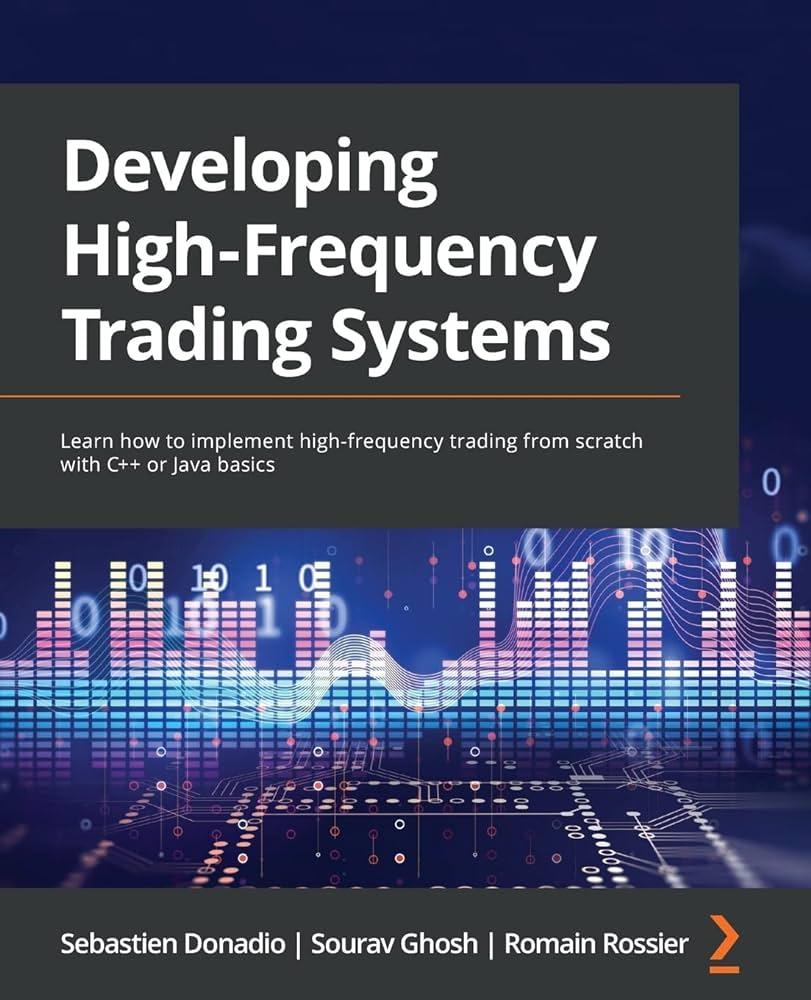When evaluating potential stock picks, it’s crucial to consider various factors that contribute to a company’s overall prospects. These factors include financial health, growth potential, market positioning, and external economic conditions that might impact the company’s performance. In making this selection, extensive analysis was conducted including reviewing the company’s earnings reports, debt levels, revenue growth, competitive advantage in its industry, and macroeconomic indicators. We also consider the qualitative aspects such as management quality and innovation capability. This balanced approach ensures a thorough understanding of both the risks and opportunities associated with this stock pick, providing a grounded basis for investment decisions.
Table of Contents
- 1. Analyzing Market Trends and Implications for Stock Performance
- 2. Evaluating Financial Health and Growth Prospects
- 3. Strategic Recommendations for Portfolio Diversification
- 4. Risk Assessment and Mitigating Strategies in Current Economic Conditions
- Introduction

1. Analyzing Market Trends and Implications for Stock Performance
High-frequency trading (HFT) leverages advanced algorithmic strategies to capitalize on minute pricing inefficiencies between securities. It’s crucial to grasp how this impacts overall market trends, as these algorithms can dramatically alter stock performance within seconds. By analyzing the implications of HFT, investors gain insights into potential volatility patches and windows of opportunity.
Key market trends influenced by HFT include:
-
- Market Volatility: Rapid trade executions can contribute to increased volatility, as significant volumes of securities are bought and sold in fractions of a second.
-
- Liquidity: HFT often enhances market liquidity, making it easier to execute large volume trades without a significant price impact.
-
- Price Efficiency: By exploiting price discrepancies across markets, HFT promotes a more efficient price discovery process, though it can temporarily create disparities that impact individual stock evaluations.
Understanding these trends helps in anticipating shifts in stock performance, particularly in highly liquid markets or those susceptible to technological disruptions. Below is a quick review of sectors generally impacted by HFT, based on recent market data:
| Sector | Impact Level | Primary Effect |
|---|---|---|
| Technology | High | Increased Volatility |
| Financials | Medium | Enhanced Liquidity |
| Consumer Discretionary | Low | Minimal Impact |
Analyzing these sector-specific data points contributes to making informed predictions about potential stock performance shifts, allowing for strategic investment planning tailored to current market dynamics.
2. Evaluating Financial Health and Growth Prospects
In high-frequency trading (HFT), assessing a company’s financial health and propensity for growth is crucial, albeit rapidly executed. Traders must analyze several key financial metrics that signal the robustness of a company’s economic standing and futuristic growth trajectory within milliseconds.
Key Metrics Include:
-
- Liquidity Ratios: such as the current ratio and quick ratio, which help in assessing a company’s ability to cover short-term obligations without needing to sell inventory.
-
- Debt-to-Equity Ratio: a measure of the company’s financial leverage and its reliance on debt financing.
-
- Profit Margins: including gross, operating, and net profit margins, these metrics indicate efficiency in cost management and overall profitability.
Furthermore, growth prospects are evaluated through indicators such as:
-
- Revenue Growth Year-Over-Year: highlighting trends that signal increasing market demand or operational expansion.
-
- Earnings Per Share (EPS) Growth: providing insights into the company’s profitability changes and potential for wealth generation.
-
- Return on Equity (ROE): illustrating how effectively the management is using a company’s assets to create profits.
For a practical application in high-frequency trading environments, data points are typically aggregated into an easy-to-digest format, often ready for algorithmic processing. Below is an example of how such financial and growth metrics might be streamlined:
| Indicator | Recent Figure | Year Ago | Change (%) |
|---|---|---|---|
| Current Ratio | 1.8 | 1.5 | +20 |
| Debt-to-Equity | 0.3 | 0.4 | -25 |
| Net Profit Margin | 15% | 12% | +25 |
| EPS Growth | $2.50 | $2.00 | +25 |
| ROE | 18% | 15% | +20 |
This streamlined table format allows traders engaged in HFT to quickly assimilate key financial data and make informed decisions almost instantaneously, ensuring timely and effective trade executions. Such rapid evaluations are the bedrock of success in the fast-paced realm of high-frequency trading.
3. Strategic Recommendations for Portfolio Diversification
In the rapidly evolving landscape of high-frequency trading (HFT), diversifying your investment portfolio is crucial for mitigating risk and enhancing potential returns. Strategic diversification not only spreads out investment risks but also capitalizes on the opportunities that instant fluctuations in the market offer.
Explore Asset Allocation: The first step towards a diversified portfolio is to spread your investments across different asset classes. This might include equities, fixed income, commodities, and currencies. Each of these asset classes reacts differently to market conditions, thereby smoothing out risks and opportunities in a high-frequency trading environment.
-
- Equities: Consider varying your equity holdings by including a mix of sectors such as technology, healthcare, and consumer goods that respond differently to economic cycles.
-
- Fixed Income: Bonds and other fixed-income securities can provide stability and income, acting as a hedge against the volatility inherent in HFT.
-
- Commodities: Trading in commodities like gold and oil can provide a buffer against inflation and currency devaluation.
-
- Currencies: Forex trading can capitalize on currency fluctuations, which are often exacerbated by macroeconomic factors, thereby providing significant HFT opportunities.
Adopt Geographical Diversification: High-frequency trading thrives on volatility and discrepancies in information flow across different markets. By investing in diverse geographical regions, you can exploit these temporal discrepancies for profit before markets harmonize. Here’s a simplified overview:
| Region | Market Characteristics | HFT Opportunities |
|---|---|---|
| North America | Highly Developed, Technologically Advanced | Quick adaptation to market news |
| Europe | Diverse Economic Conditions | Arbitrage due to market inefficiencies |
| Asia | Fast Growth, High Volatility | Currency and commodity play |
Understanding these factors and carefully selecting your assets and geographical locales can significantly enhance your portfolio’s resilience and capacity to generate alpha in a high-frequency trading context.
4. Risk Assessment and Mitigating Strategies in Current Economic Conditions
In high-frequency trading (HFT), where decisions are made in fractions of a second, understanding the inherent risks and strategizing accordingly is paramount, especially in volatile economic conditions. With the market’s rapid response to global economic news, HFT algorithms must be continually adjusted to mitigate risks effectively.
Risk Considerations: The primary risks involve market volatility and liquidity. Sudden market movements can significantly impact the performance of high-frequency trading strategies which often rely on the stability and predictiveness of stock movements.
-
- Liquidity Risk: In times of market stress, liquidity can evaporate, making it difficult to execute large volume trades without affecting the market price.
-
- Operational Risk: Given the reliance on advanced technologies, any failure in communication networks, hardware, or software anomalies can lead to substantial losses.
-
- Regulatory Risk: Changes in trading regulations can alter the market framework, affecting the profitability of HFT strategies.
Mitigating Strategies: Implementing robust risk management systems is crucial. Strategies include:
-
- Predictive Analytics: Enhancing algorithms with advanced analytics and machine learning to better predict market movements and identify potential risks.
-
- Real-time Risk Management: Utilizing technologies that monitor and manage risk exposure in real-time, adjusting positions instantaneously to mitigate potential losses.
-
- Diversification: Spreading investments across various financial instruments and geographic regions to reduce systemic risks.
| Strategy | Objective | Tools utilized |
|---|---|---|
| Predictive Analytics | Forecast Market Trends | Machine Learning Models |
| Real-time Risk Management | Minimize Volatility Impact | Automated Trading Systems |
| Diversification | Reduce Systemic Risks | Multi-asset Portfolios |
Continuous monitoring and adjustment of these strategies ensure that they remain effective under varying economic scenarios, thus safeguarding investments while seeking profitability in high-frequency trading environments.
Introduction
In conclusion, high-frequency trading (HFT) remains a pivotal aspect of modern financial markets, offering instantaneous market insights and opportunities for traders. While the strategies and technologies involved might be complex, understanding the basic principles behind HFT can provide significant advantages in navigating stock picks and predicting market movements. As with any trading strategy, it is crucial to approach high-frequency trading with a well-informed strategy and an awareness of its risks and benefits. As market conditions continue to evolve, staying updated on the latest developments in HFT will be essential for traders looking to leverage these rapid trading tactics effectively.




